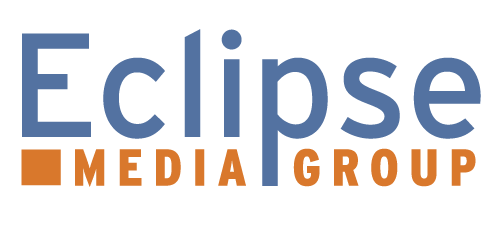3 Things Every Business Owner Should Know About PR
Posted on September 19, 2019 by Rachel Peck

By Rachel Peck
If you own or manage a business, chances are you have engaged in some sort of public relations or marketing to attract new customers and retain existing ones. However, the nuances of PR can be complicated. Questions about what PR really is, coupled with misconceptions, can lead to confusion for many. Here are three things every business owner should know about PR:
PR and marketing serve different functions – and should be measured differently.
Though PR and marketing often collaborate, there are crucial differences between the two. In the new digital age, with a great emphasis placed on digital marketing and social media marketing, public relations has shifted to accommodate these changes. At its base, marketing is meant to drive conversions, while public relations works to cultivate a brand’s relationship with the general public – or within its given industry.
In essence, marketing’s main function is to drive revenue for a brand or organization, which is dependent on a trustworthy relationship with consumers. When it comes to measuring results, marketing is numbers driven. Revenue gained (e-commerce or storefront), engagement rate increases on social media and conversion rate can all be used to determine the ROI of a marketing campaign. Measurable public relations, on the other hand, can be anything from successfully booking your client for a speaking engagement, to gauging reach and impact of your PR efforts on social media or publishing a case study. Technological and social media advances have enabled PR professionals to track the ROI of all their efforts – while allowing for more efficient client reporting.
PR is more than crisis communications and press releases
Often when people hear “public relations,” they tend to automatically think of crisis communications. While there is an element of that to PR, the rise of social media has placed more emphasis on relationship building – as opposed to relationship salvaging. Yes, part of PR is to manage negative situations that might arise, but the core functions of public relations rely on day-to-day messaging.
In terms of press releases, technology has ushered in a new era of PR, which calls for a more personalized approach. Today, brands are more visible than ever before, as are their values, mission and credibility. Press releases aren’t going anywhere, but now professionals are able to share and publicize client wins much more quickly. It’s important to navigate between the traditional standards of PR, while adapting and changing to stay current with the new ways consumers connect brands.
PR requires flexibility
A large aspect of public relations requires being flexible in any situation. PR opportunities can arise at anytime and often have a short turnaround period. This is especially true for daily news outlets, who only provide a few short hours to be available for an interview. Along with adapting to any situation, even the best laid out PR plans may need a viable plan B. Let’s say you would like to write an article for a specific trade publication within your field of expertise? What if that publication isn’t interested in that topic or just published a similar piece the month prior? Never expect on your first choice publication or media outlet to run your article.
Public relations has a simple definition, but it is a complex job. It’s important to work with a PR professional that can quickly adapt to your business’ and the media’s evolving needs. Recognizing that PR is an essential complement to any media plan will help to position your business with customers and put your brand ahead of competitors.
Category: Blog, PR Tips for PR Pros, Social Media Tags: marketing, PR, PR Tips, press release, public relations, social media, social media marketing, value of PR
Copyright © 2024 · All Rights Reserved · Eclipse Media Group
Business Theme v3 by Organic Themes · WordPress Hosting · RSS Feed · Log in
